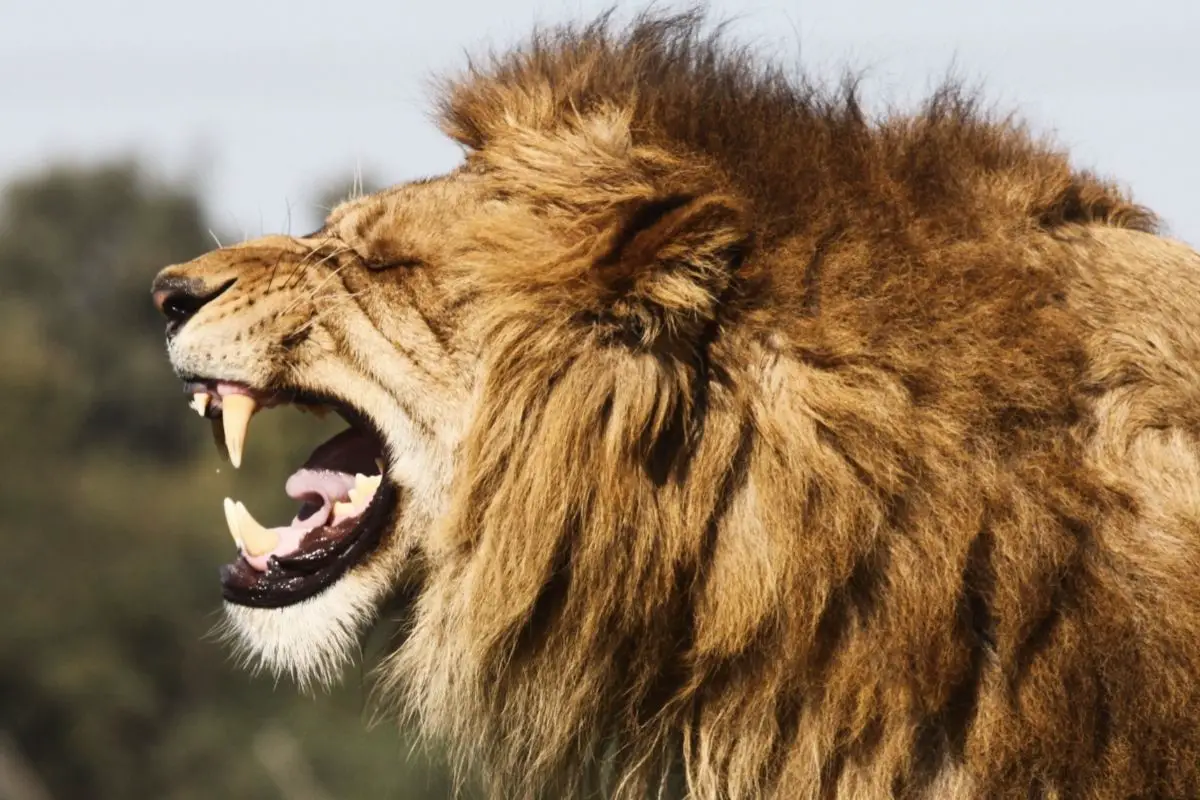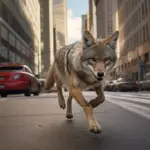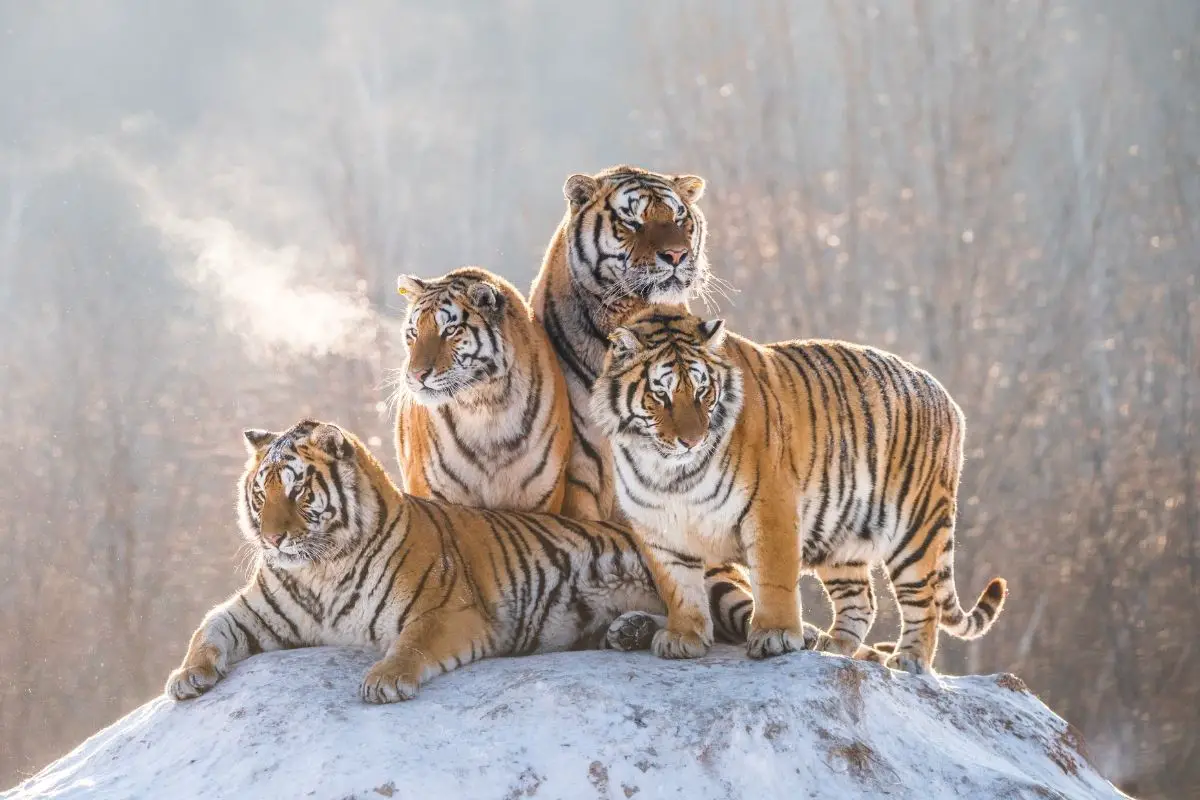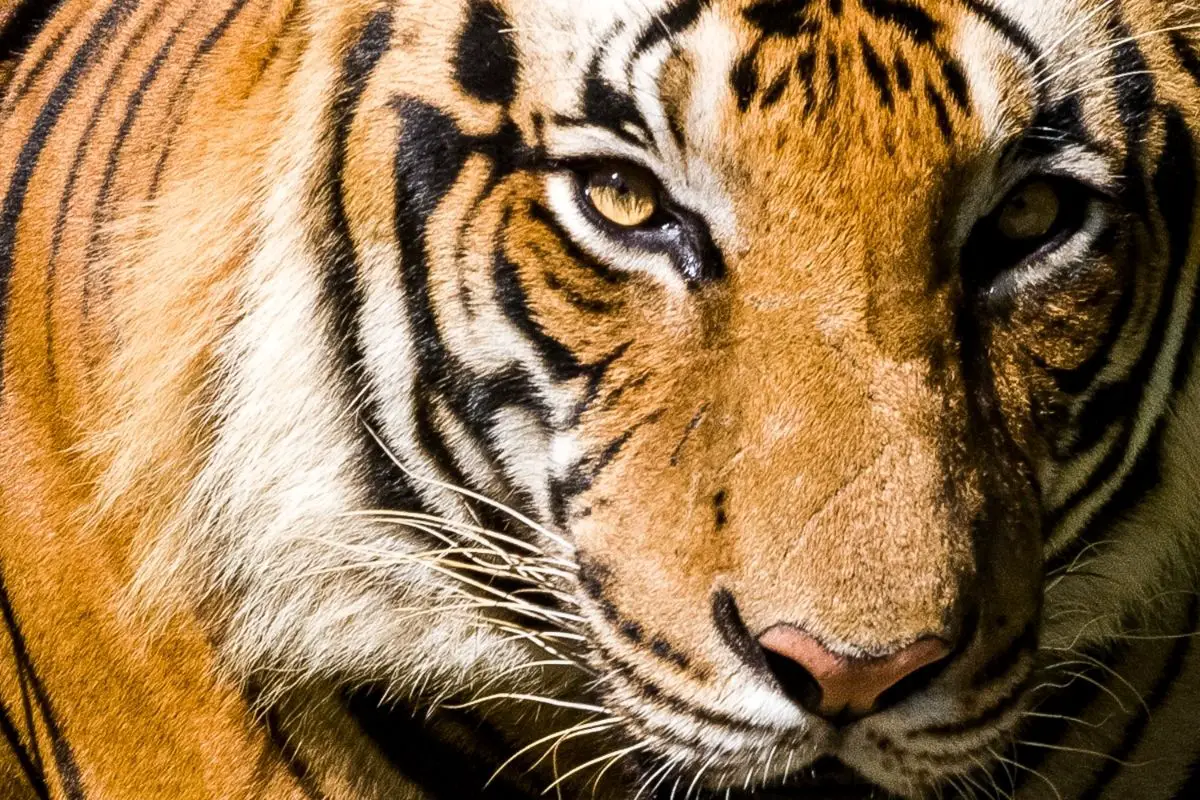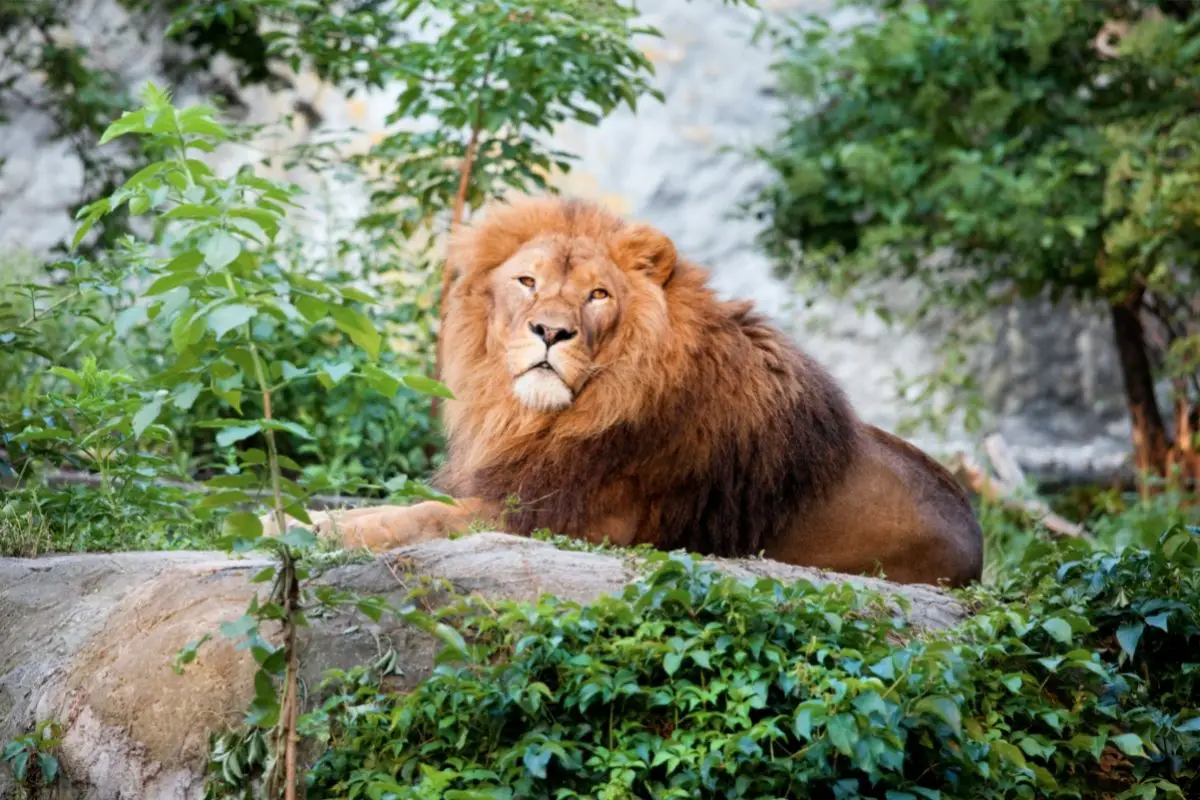A lion, otherwise known as King of the Jungle, currently sits at the top of the food chain. It has no predators (apart from humans), so can live near enough peacefully sleeping, hunting and roaming.
Due to their incredibly daunting stature and size, as well as their deafening roar, they most certainly are an intriguing animal.
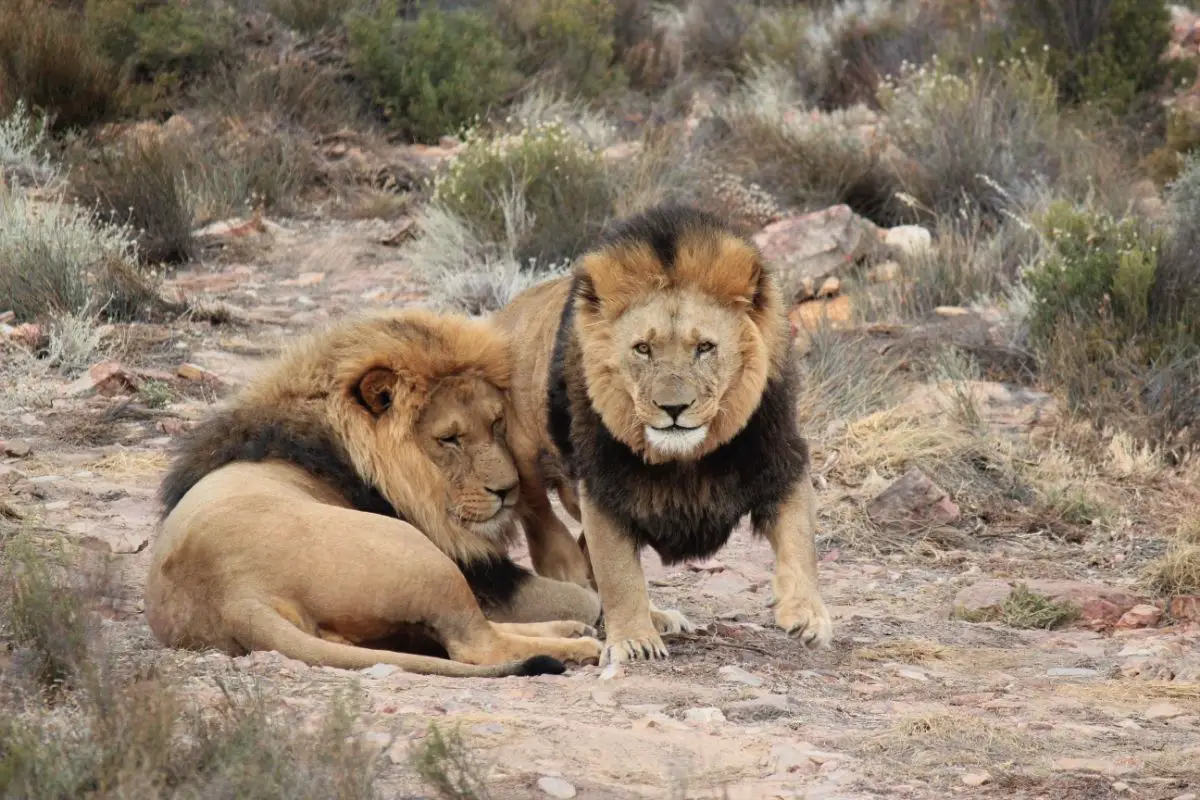
If you are looking to find out about all the types of lions that there are, whether they still exist or have become extinct, then you have come to the right place. So, let’s take a look at a list of lions – including pictures!
The Classification of a Lion
Before we can begin, it is important to know the background when it comes to lions. Currently, all lions are in danger of becoming extinct. The surviving lion (also known as Panthera Leo), had 7 different lion subspecies derived from it.
That means that all lions that exist, and ever have existed, descend from the Panthera Leo. There are a couple of recognized subspecies such as the Panthera Leo Leo and Panthera Leo Persica.
Unfortunately, some of these lions are extinct. Whilst some naturally became extinct thousands of years ago, many are dying off due to the destruction of humans, whether through hunting, expanding their habitat (thus limiting a lion’s own habitat and source of prey), or climate change.
What is a Lion’s Habitat?
Most people associate lions living in open space areas within a hot climate. You’d be right, as lions tend to live within a herd throughout Africa. Whilst they do exist in other areas, you will find many roaming the savannas and jungles in Africa.
The herds themselves usually consist of a few females, and one – or maybe a couple – of male lions. The female will generally go out to hunt and make sure the herd has the food it needs to survive.
Speaking of food, they tend to prey on weaker animals such as zebras and antelopes. In fact, lions are said to be the King of the Jungle, as no other animal is likely to prey on them. If they tried, they are likely to become hurt, or face death.
Whilst the male lions are known for their fury mane, female lions do not have this feature. They are also smaller than their male counterparts.
Types of Lion
Here is a list of different types of lion:
Congo Lion
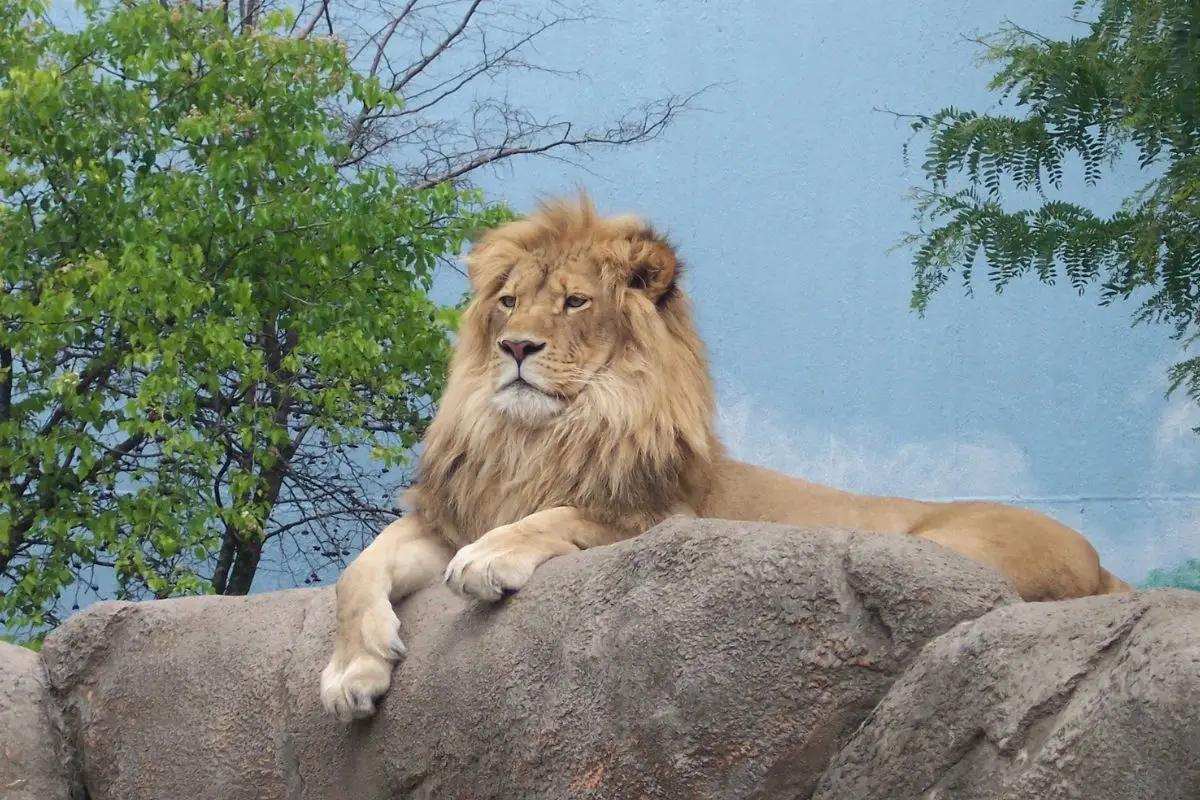
A Congo lion, or scientifically known as a Panthera Leo Azandica, can also be called a central African lion. They live amongst the plains of Africa, especially in areas such as the Republic of Congo and Uganda.
The males have a slightly darker mane which is seen to be less fluffy than other varieties of lion. Also, both the male and female lions’ fur can range from dark brown to a sand color.
Lastly, they have a measurement of around 2 meters and 80 centimeters and below, with a weight between 150 to 190 kilograms.
Katanga Lion
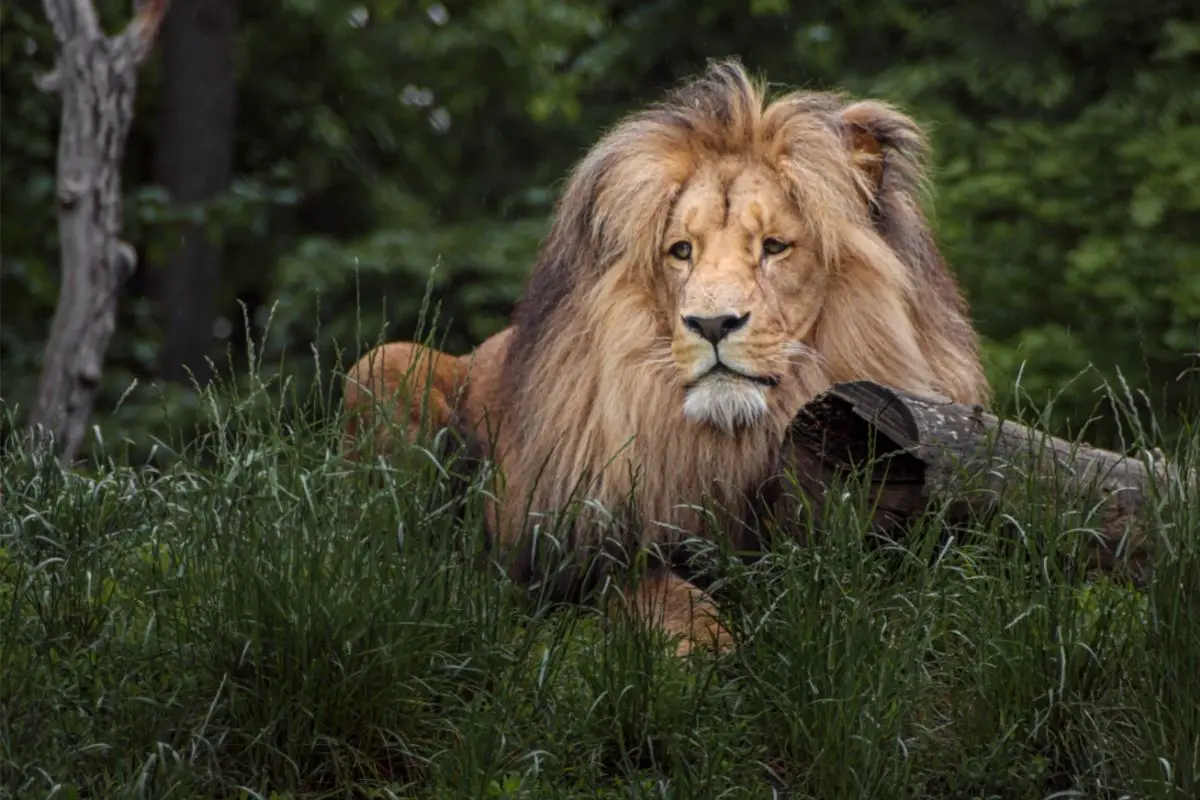
The Katanga lion is large in appearance, with the male having a big and thick mane that makes it stand out compared to other lions.
It is also referred to as the Panthera Leo Bleyenberghi, or the Southwest lion. They can weigh up to around 280 kilos. Impressive!
Barbary Lion
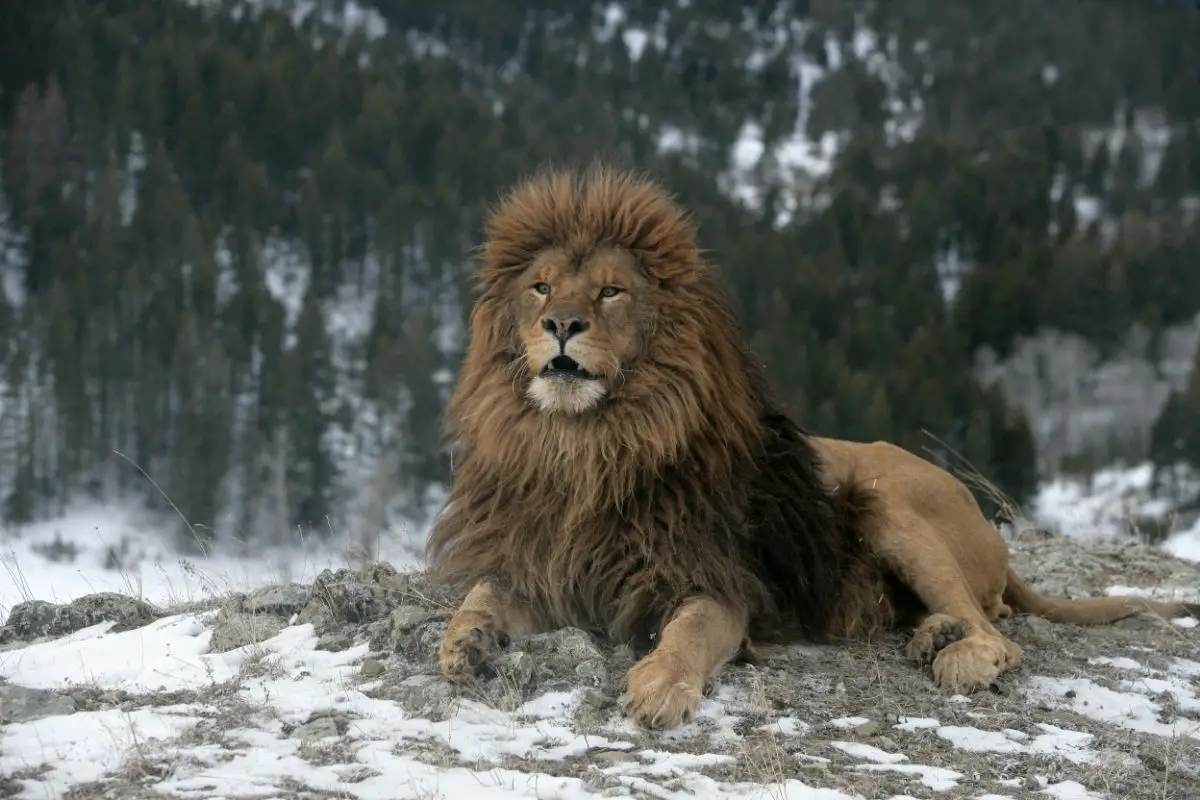
Whilst the Barbary lion (or Panthera Lion Lion) became extinct around the year of 1942, fortunately it can be found in a zoo, such as the one in Rabat, Morocco.
Whilst this is currently fantastic, there is a problem. To breed another generation of this type of lion is complicated. The only option is to breed with a different type of lion, and this would not produce a Barbary lion purely.
When in the wild, these were found in the African and Savanna jungles.
Transvaal Lion
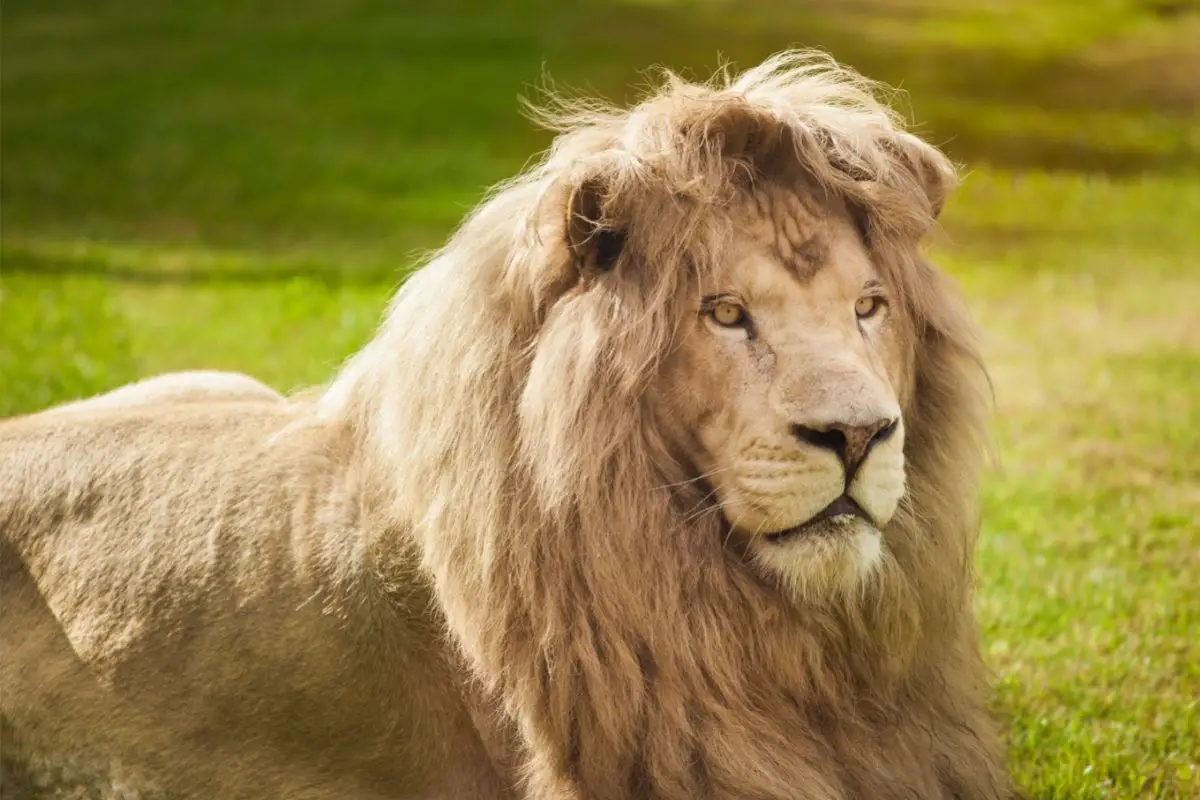
Also known as Panthera Leo Krugeri, the South African lion is said to be the sister of the Katanga lion. They normally have sand colored fur, however, very rarely white ones are spotted.
This is due to a recessive gene. Whilst magical to see, this makes them extremely vulnerable. They cannot hide when they are roaming the wild, meaning they will not be camouflaged amongst the savanna.
Asiatic Lion
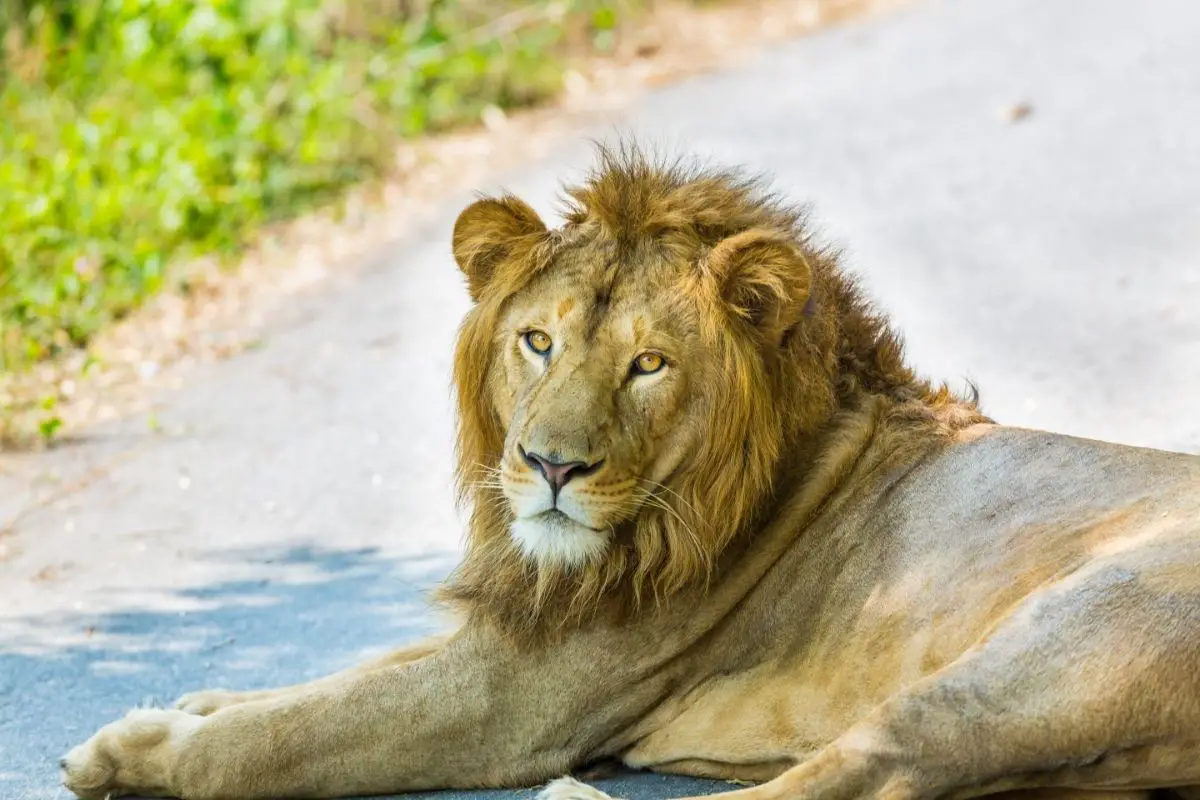
Also known as the Panthera Leo Persica, the Asiatic lion is on the endangered list with the potential of being extinct soon. Whilst it can be seen in zoos and different reserves scattered throughout the world, in the wild, they are rapidly declining.
This is because their habitat has become reduced, hunting has been rife, and their own rivalry has destroyed their natural environment.
They are, however, magnificent creatures. The males have a red-colored main and a light colored fur coat.
East African Lion
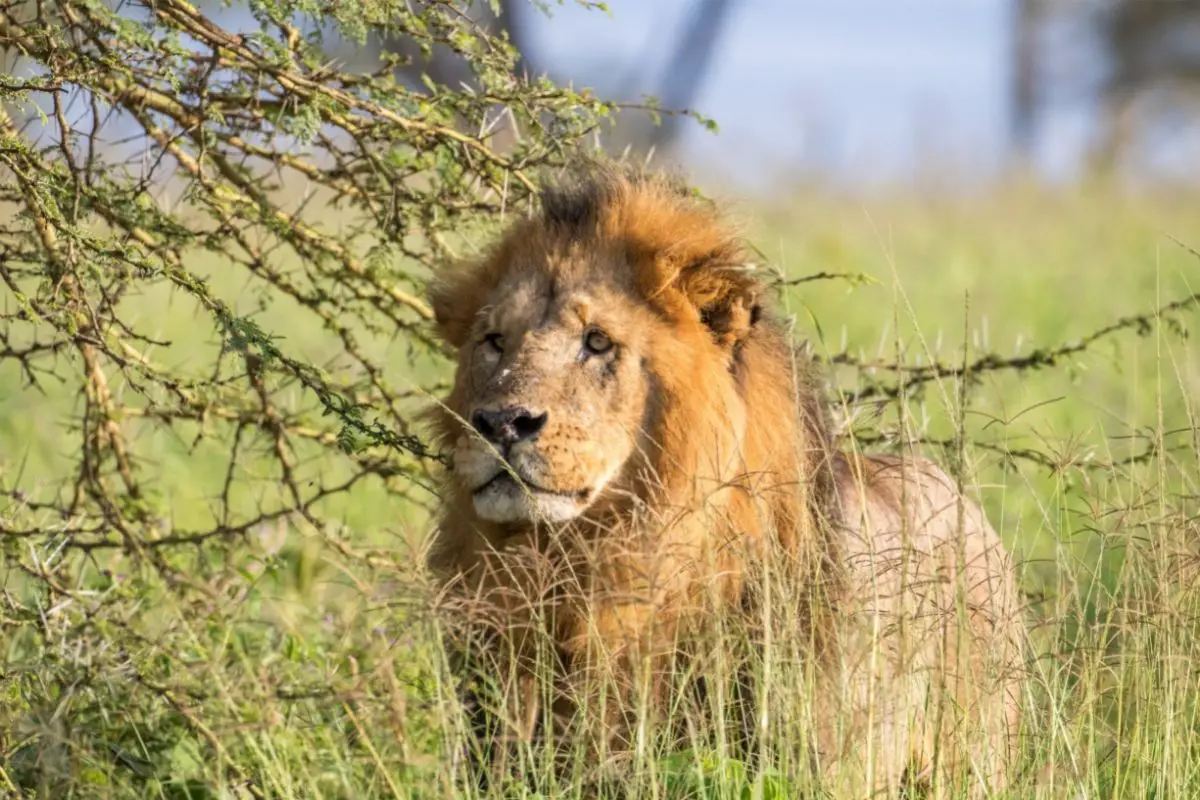
The Panthera Leo Nubica lion, most commonly known as the East African lion, has a particularly darker and fuller mane compared to other subspecies of lion.
They also have a body weight that is an average of around 150 to 200 kilograms depending on whether it is a male or female.
West African Lion
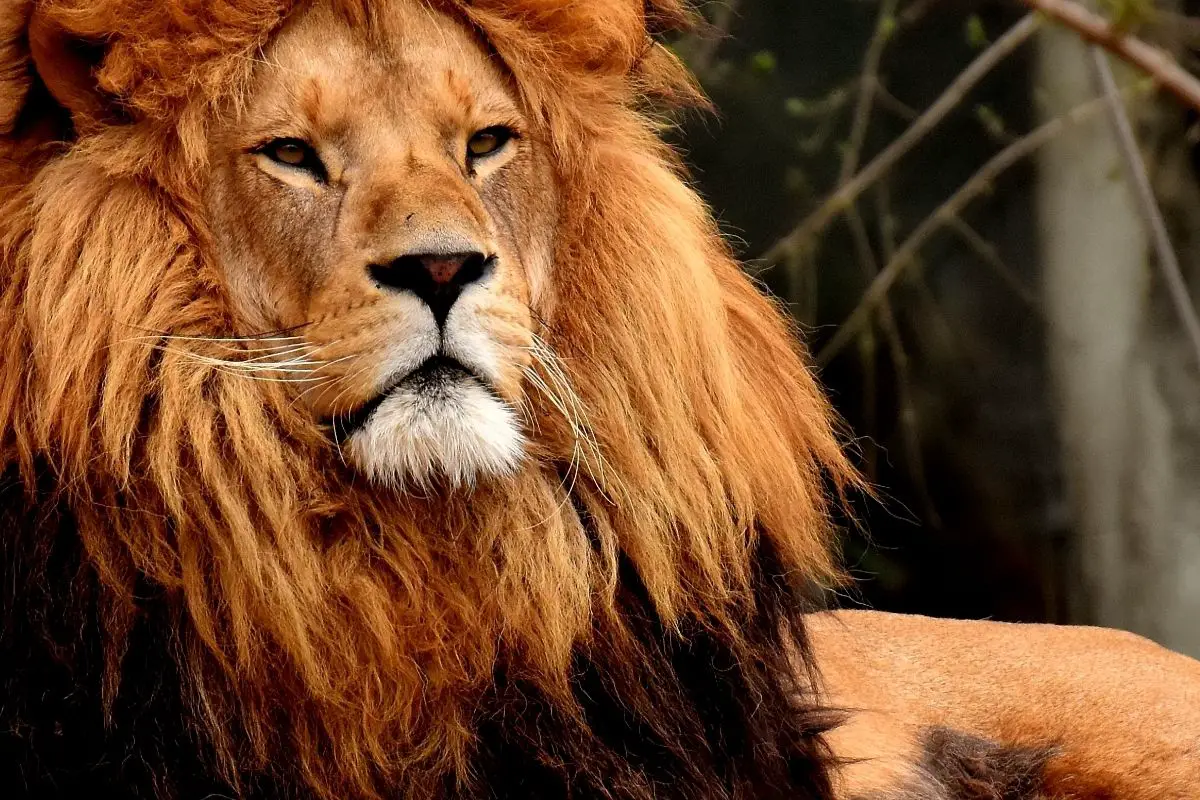
Last on the list is the West African lion, or Panthera Leo Senegalensis – or even the Lion of West Africa – is suffering with a rapid decline. This is due to the city expanding, poaching, and now the limited resources when it comes to hunting for prey.
This makes them in danger of becoming extinct.
Generally, they have shorter and lighter manes, and measure up to three meters which includes their long tail.
Why Are Lions Becoming Endangered?
Sadly, all lions are seen as endangered, or at least as being vulnerable to extinction. This is because populations of lions are rapidly declining, and births within captivity are becoming less and less.
There are many reasons as to why a lion might be endangered. Some of these include:
Lack of prey
If lions cannot eat, they will soon starve and die off.
Expansion of human habitats
Because there are more humans in the world who are looking for areas to live, they are building over the habitats of lions. This means their living areas are becoming smaller as a result.
Poaching
For years and years, poaching has been an issue. Whether for sport or because of fear, lions have been killed by humans – their only predator.
Rivalry
New species have been introduced into areas making it a competition when it comes to finding prey. This again reduces the prey lions can hunt and catch.
Expansion of livestock
Along with residential and commercial space expanding into the lions’ habitat, livestock has also been introduced. As lions may struggle for prey and venture to catch livestock, they get killed for doing so.
Extinct Lions That Once Existed
Unfortunately, there are many lions that have become extinct over time, whether due to naturally dying out, or from the influence of humans. Here is a list of them:
Cave Lion
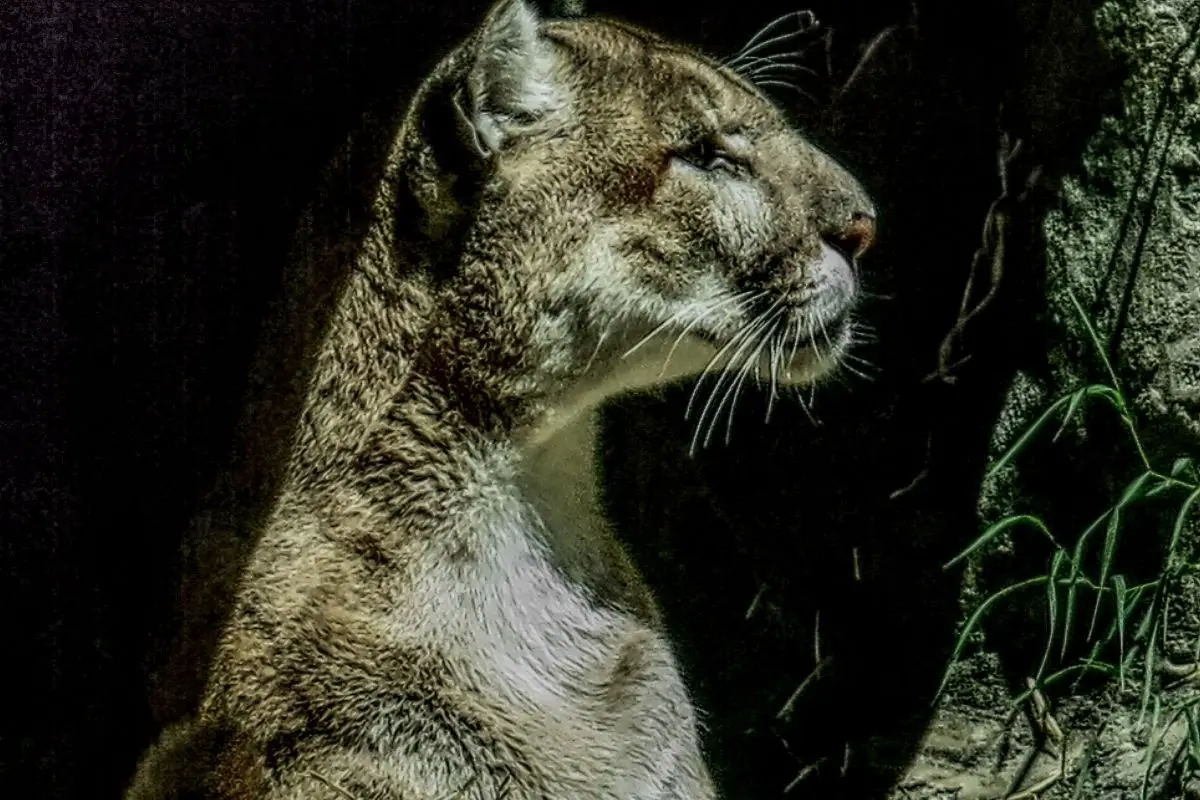
Also known as the Eurasian Cave lion, or the Panthera Leo Spelaea, it was a type of lion which could be found within England, Iberian Peninsula, and Alaska.
Having lived on the earth some 2.60 odd million years ago during Pleistocene, the only evidence of it existing comes from cave paintings that were created around 30,000 years ago, as well as fossils.
There isn’t much difference from the Cave lion to lions today. They were said to weigh around 200 kilograms if a male, and measured up to 3 meters in length.
Primitive Cave Lion
Along with the Cave Lion, the Primitive Cave lion, or Panthera Leo Fossilis, is another lion which sadly became extinct around the Pleistocene era.
However, they were found roaming in Europe only and were smaller, measuring up to 250 meters in length.
Apparently, these are the oldest known fossils from an extinct feline in the entire world.
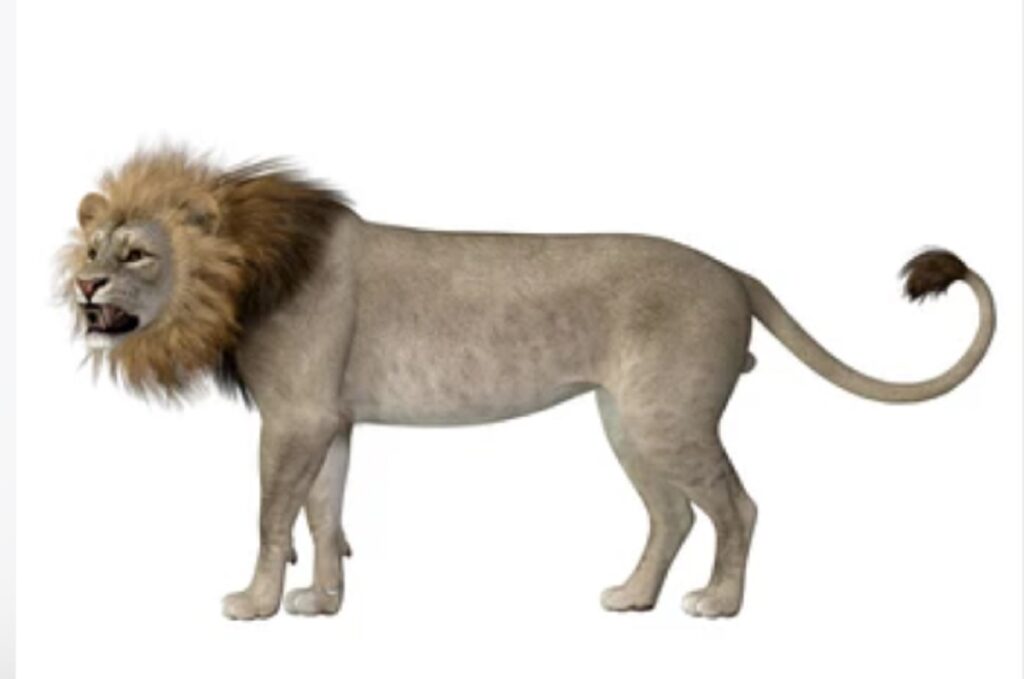
American Lion
Also known as Panthera Leo Atrox, the American lion lived throughout North America. Whilst there isn’t concrete evidence, the majority of people do believe that the American lion via the Bering Strait, timing it before the occurrence of the continental drift.
Also, evidence shows that the American lion may have been the largest ever lion species measuring 4 meters long, and weighing up to 400 kilograms. Wow!
Interestingly, they are depicted in cave paintings as having no, or very little, mane hair. It is said to have been removed during the megafauna extinction in Quaternary.
Black Lion
Whilst not related to the black lion we see making the rounds on social media (there is no proof that they exist or have ever existed), the black lion is more commonly known as the Cape lion – or scientifically as the Panthera Leo Melanochaitus.
During 1860 they were said to have become extinct. Prior to this unfortunate news, they were seen roaming around the southwest area of South Africa.
There actually isn’t very much known about them apart from the fact the males could weigh up to 250 kilograms. Not only that, in comparison to lions today, they preferred to live alone. Maybe another reason they became extinct.
The males had a black mane, which is where the name comes from. They can be found immortalized in museums.
There are other ‘black lions’ in the region of Kalahari who have the genetic makeup taken from species considered to be a black lion.
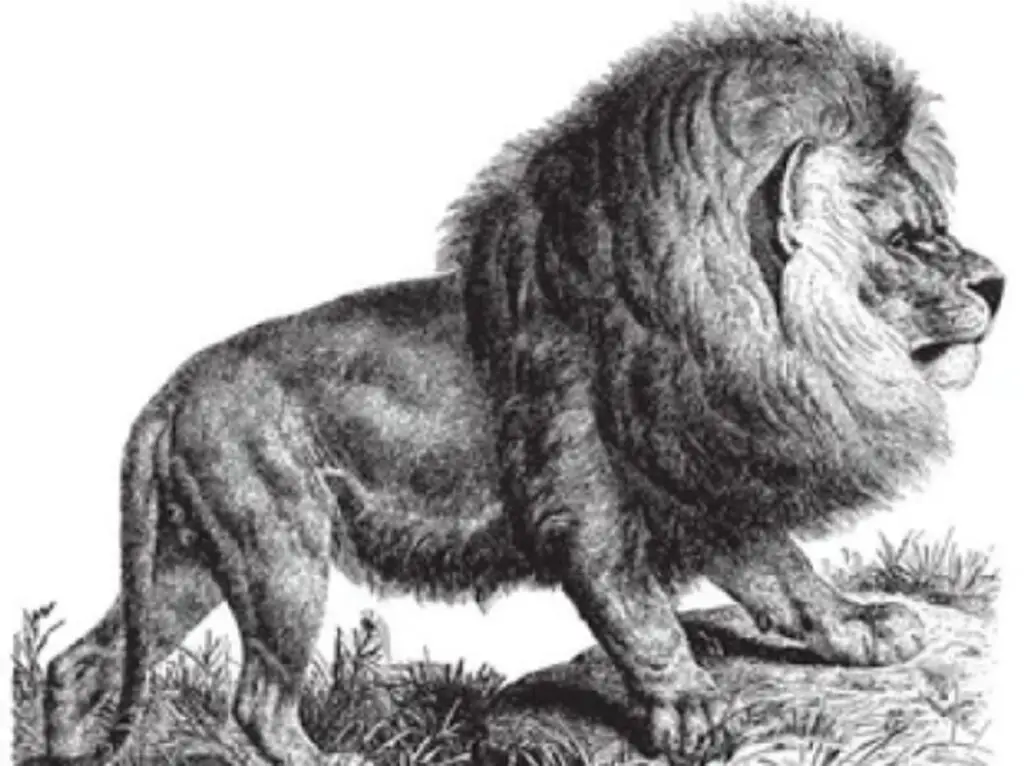
Sri Lankan Lion
Also known as the Panthera Leo Sinhaleyus, it became extinct due to the arrival of the modern human cerca 37,000 BC. It is said to be a prehistoric subspecies of lion, living within Sri Lanka.
The only reason this lion is known is due to a couple of teeth found in the year 1939. Because of this, there isn’t enough information on how this species of lion might differ from others.
Beringian Lion
Also known as the Panthera Leo Spelaea, it was known to be the biggest cat during the ice age Yukon, as well as a part of the cave lions that existed in Asia and Europe.
The fossils from this type of lion are much smaller compared to that of the European cave lions. This suggests that there is a chance it is a completely separate and different subspecies.
Whilst the temperatures were really cold during this time, it has been noted that the Beringian male lions may not have had manes. This could suggest that the early evolution of lions did not include a mane, and this has evolved over time.
Though, the lions in Africa did have mains, so there is potential for two different lions co-existing, one with a mane, and one without a mane.
Even so, the lions did have rather dense fur all over their body. This was used for insulation in the really cold climate – so they didn’t necessarily need a mane to keep their head and neck warm only.
Final Thoughts
When it comes to lions, there are many different types out there. Whilst all are on the endangered list due to their vulnerability to become extinct, there are a few that live in zoos and other places similar.
Whilst this has its positives of making sure a close to extinct lion is safe from poachers, it can mean complications if you want the lion to breed and produce a pure breed cub.
Even so, there are many lions who sadly have become extinct, whether this is through natural ways, or the destruction of humans. Some lions lived peacefully until humans began to take over their habitat, whilst other lions naturally died off.
Hopefully this list has shown you a number of different lions which still exist today, whilst giving you some information about lions that once were, such as the many cave lions.
It is interesting to see how there are suggestions of lions not having a mane during the ice age, and how their fur has evolved over time.
If you liked this, check out the rest of the website for more information on big cats!
- Sink Your Teeth Into This: Analyzing the Powerful Lion Bite Force - September 8, 2023
- Siberian Tigers: Everything You Need To Know - September 4, 2023
- Do Lions Eat Humans? Understanding Lion Aggression and Risks - September 4, 2023

